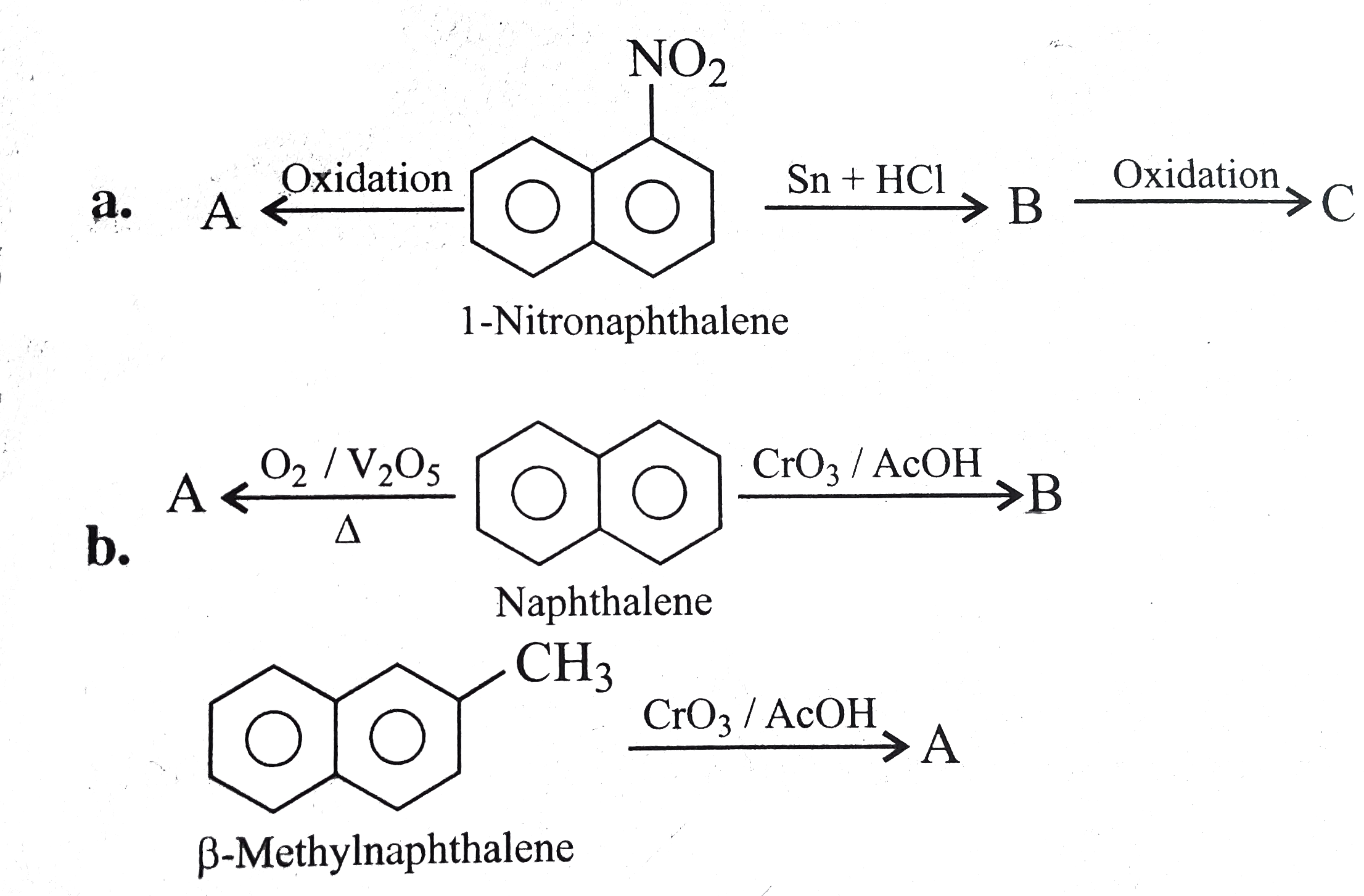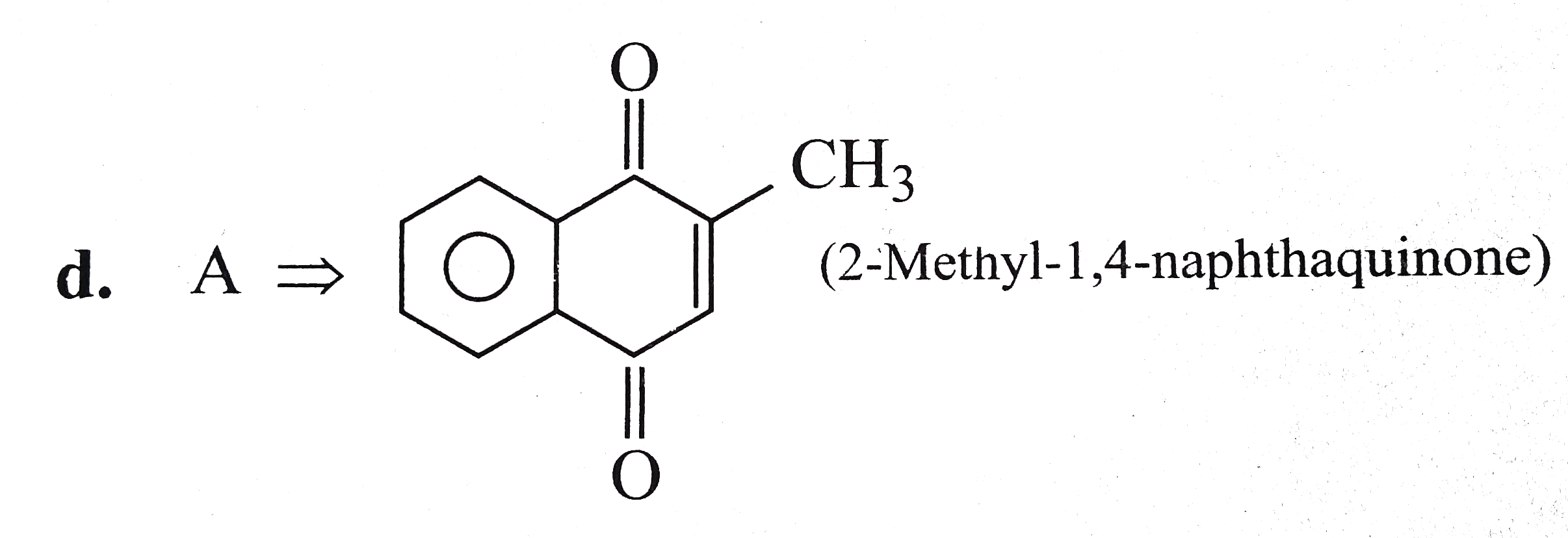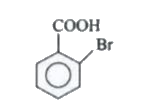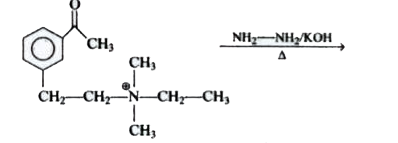Find the following A,B, and C product of the reaction

Text Solution

Reason: ¯e-withdrawing group (−NO2) stabilises the ring and resists the oxidation of the ring in which NO2 group is present, so the other ring is oxidised. However, the ¯e-donating (−NH2) group makes the ring more susceptible to oxidation and the ring in which (−NH2) group is present is oxidised.
b. 
Due to bar(e)-donating resonance effect (+R) of the benzene ring, the ¯e density of the

group increases, which in turn increases the ¯e density in the (C−H) bond of the aldehyde group. As a result, the (C−H) bond becomes strong and hence only stronger oxidising agents such as Tollens regent can oxidise the (C−H) bond to (C−OH) to form acids, and weaker oxidising agents such as Fehling's and Benedict's solutions fail to oxidise the aromatic aldehydes to acids.
E∘Ag+/Ag=0.80V,
E∘Cu2+/Cu+=0.19V
Therfore, Tollens regent oxidises aliphatic and aromatic aldehydes but Fehling's and Benedict's solution oxidise only aliphatic aldehydes.
d. 
In case of toluene, the (Me) group of toluene is more susceptible to oxidation than the aromatic ring and the product is PhCOOH. In beta-methyl naphthalene, the reactive alpha-positions are more easily oxidised than Me, and under these conditions of oxidation, the main product is the quinone as shown above.
|
Updated on:21/07/2023
Topper's Solved these Questions
- BOOK - CENGAGE CHEMISTRYCHAPTER - REDUCTION AND OXIDATION REACTION OF ORGANIC COMPOUNDSEXERCISE - Solved Example6videos
REDUCTION AND OXIDATION REACTION OF ORGANIC COMPOUNDS
- BOOK - CENGAGE CHEMISTRYCHAPTER - REDUCTION AND OXIDATION REACTION OF ORGANIC COMPOUNDSEXERCISE - EXAMPLE1videos
REDUCTION AND OXIDATION REACTION OF ORGANIC COMPOUNDS
- BOOK - CENGAGE CHEMISTRYCHAPTER - QUALITATIVE INORGANIC SALT ANALYSISEXERCISE - Viva Voce Questions And Part-C (Analysis Of Cations)42videos
QUALITATIVE INORGANIC SALT ANALYSIS
- BOOK - CENGAGE CHEMISTRYCHAPTER - SOLID STATEEXERCISE - Ex 1.2 (Objective)9videos
SOLID STATE
Similar Questions
Knowledge Check
- Question 1 - Select One
Find final product of the following reaction :
 A
A B
B C
C D
D
- Question 2 - Select One
Find final product of the following reaction :
 A
A B
B C
C D
D
- Question 3 - Select One
Find the product of the following reaction
 A
A B
B C
C DNone of these
DNone of these
Find the major product of the following reaction :
 View Solution
View SolutionFind the major product of the following reaction :
 View Solution
View SolutionFind the major product of the following reaction :
 View Solution
View SolutionFind the major product of the following reaction :
 View Solution
View SolutionFind the major product of the following reaction :
 View Solution
View Solution



